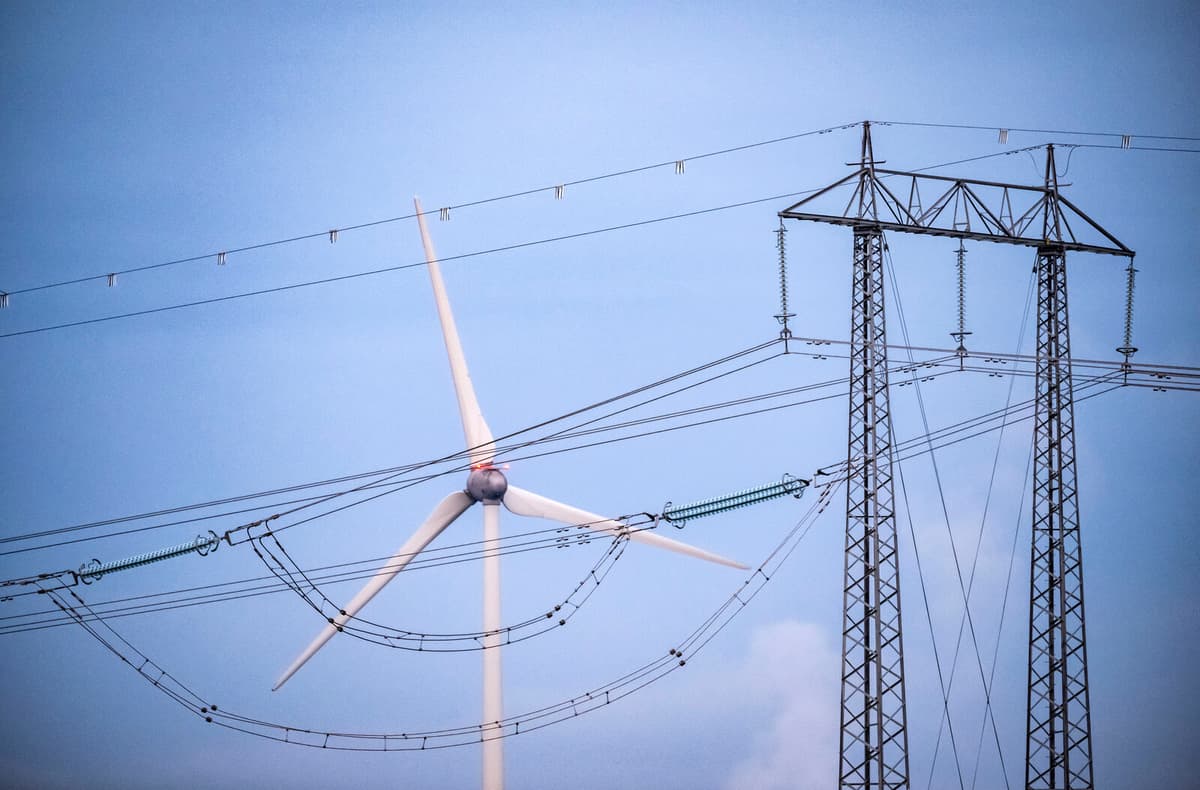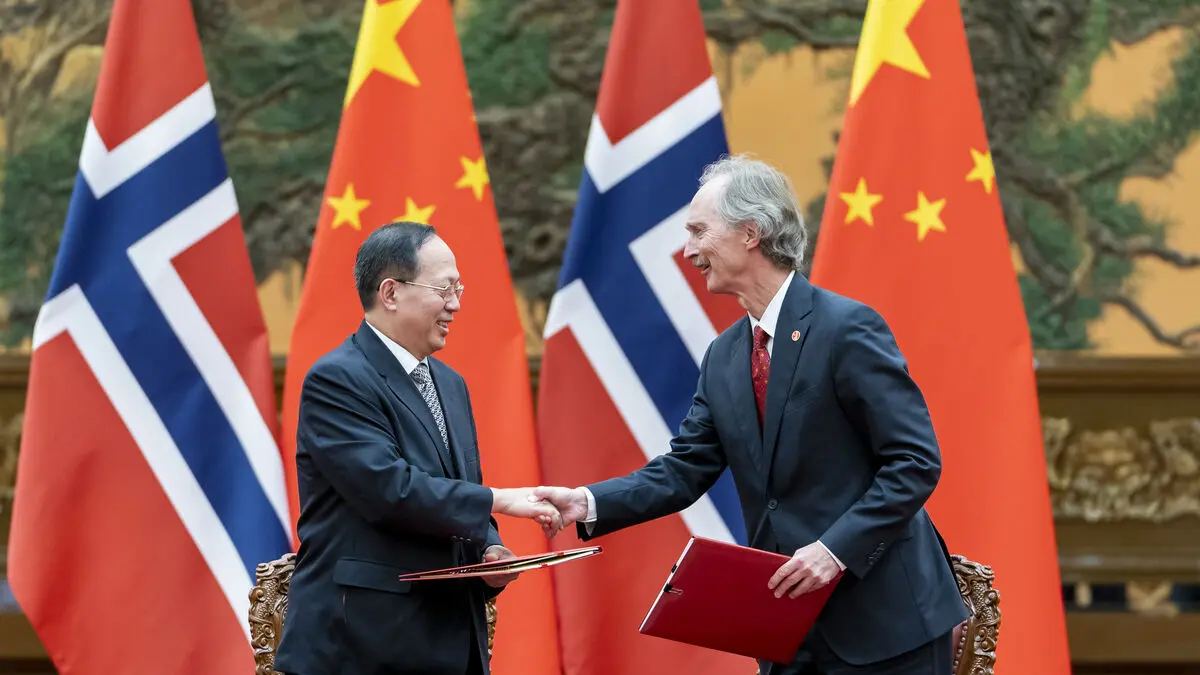Under 2024, production from wind power increased by 18 percent and broke the 40 TWh (terawatt-hours) barrier for the first time in a year, specifically 40.3 TWh. This can be compared to nuclear power's 48.7 TWh, according to the industry organization Energiföretagens annual statistics.
With the same growth rate, wind power would surpass nuclear power already by the end of 2025 or the following year.
Going slower
However, Energiföretagens electricity market analyst Magnus Thorstensson is skeptical. The expansion of wind power is going slower. All new weather-dependent electricity production causes prices to fluctuate heavily. Around 700 hours of negative prices were recorded on the Nord Pool electricity exchange during the year, which is about eight percent of the year's total hours, and twice as many as in 2023.
The different types of electricity production are cannibalizing each other, as Magnus Thorstensson puts it. When it's windy or the sun shines brightly from clear blue skies during the summer, prices plummet rapidly to the negative side.
This makes it harder to justify investments, says Magnus Thorstensson.
Supply and demand
And despite the higher electricity production, five percent higher in 2024 than the previous year, usage is not increasing more than marginally. Many energy investors, such as state-owned Vattenfall, which is planning to build new nuclear power, have emphasized the importance of production and consumption increasing hand in hand. Otherwise, the calculations won't add up.
Instead, electricity exports are increasing and reached almost record levels from 2022 as a result of higher prices on the continent. Import of electricity was simultaneously record-low, 23 percent lower than in 2023. Import occurs mainly when the available capacity does not cover the demand within Sweden's borders.
But in terms of prices, 2024 was less exciting than in a long time. Despite the headlines about skyrocketing electricity prices one week in December, the average price over the year was the lowest since 2020.
The high prices in December show how volatile it becomes when we rely more on wind and sun, says Magnus Thorstensson.
Dunkelflaute
Especially in Germany, and when it's windless and there's no sun (dunkelflaute in German), the extremely high German prices hit southern Sweden, something we've clearly learned.
How this will develop in the future may be decided when Svenska kraftnät, together with its counterparts in other countries, presents proposals for new electricity areas at the end of January.
The average price on the Nord Pool electricity exchange during 2024, up to December 27, in the different electricity areas. (2023 in parentheses)
Electricity area 1 (northern Norrland), 29 öre/kWh (46)
Electricity area 2 (southern and central Norrland), 28 öre/kWh (46)
Electricity area 3 (Svealand and northern Götaland), 41 öre/kWh (59)
Electricity area 4 (southern Götaland), 57 öre/kWh (74)
In addition to the exchange price, electricity traders' surcharges, electricity tax, VAT, and electricity grid fees of over one krona per kilowatt-hour are added.
Source: Nord Pool





